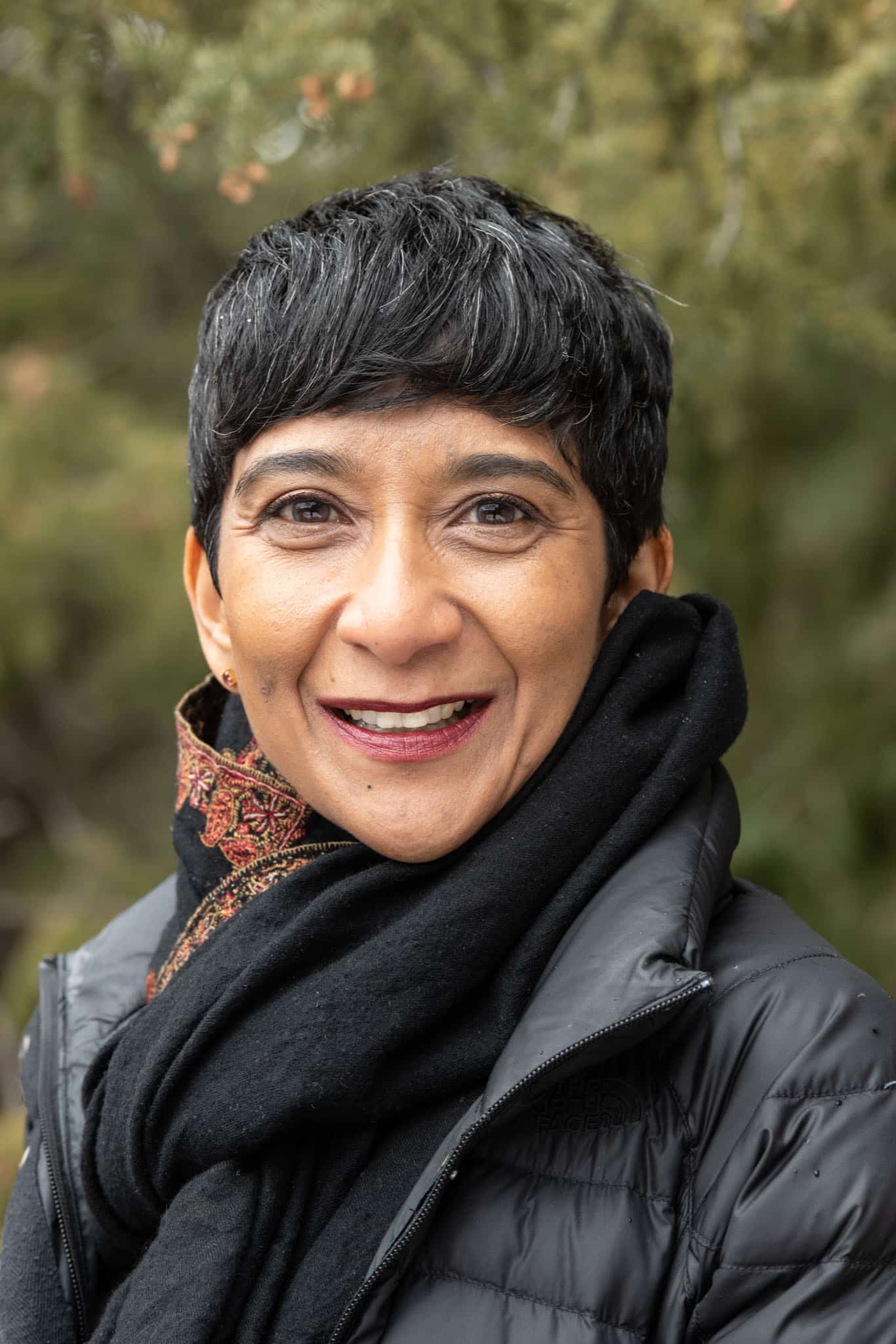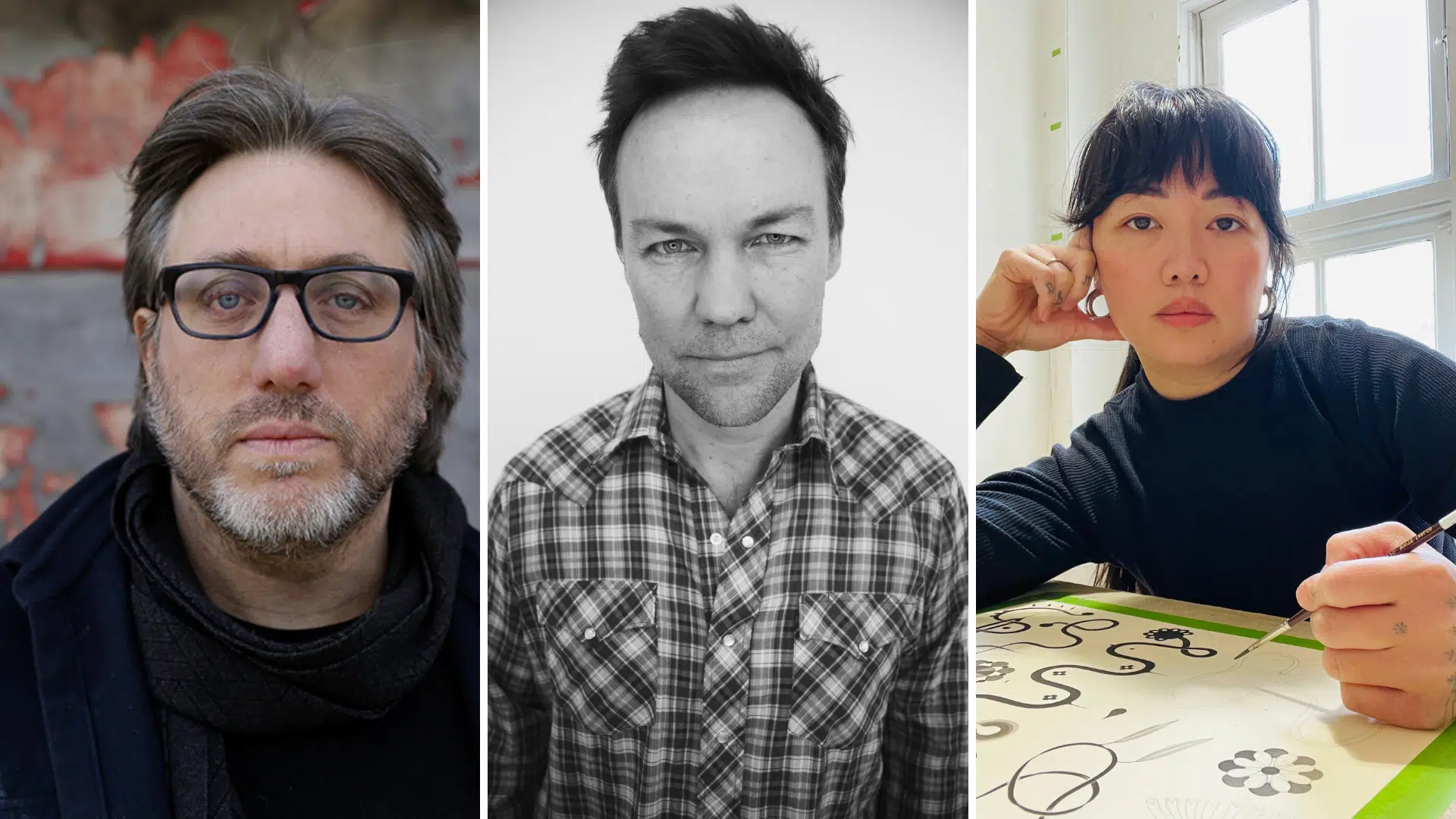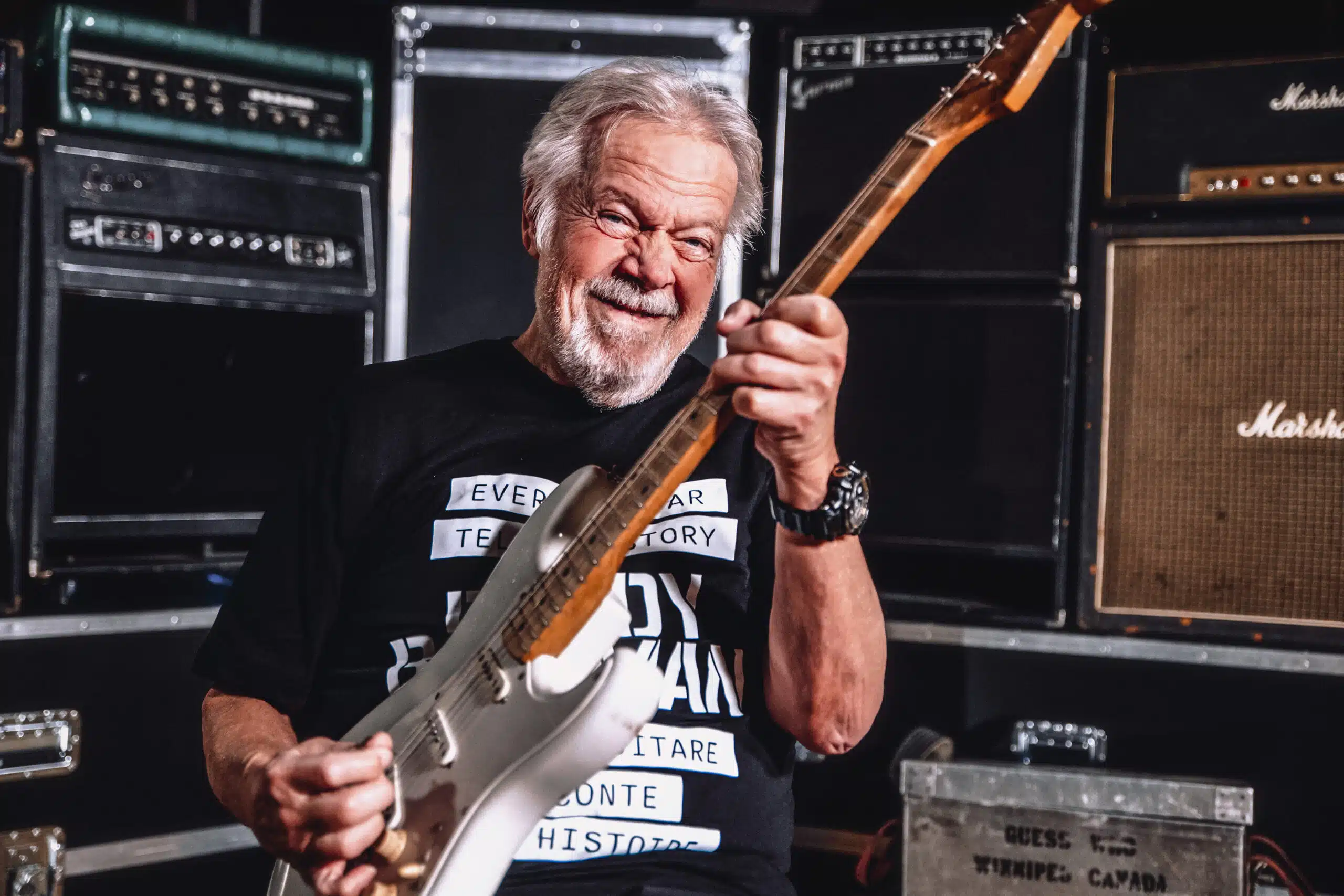Tucked away in the snow-capped Rocky Mountains, the Banff Centre for Arts and Creativity is a far cry from where Haema Sivanesan started in sunny Australia.
Sivanesan started her career in curation in the Asian art department of the Art Gallery of New South Wales in Sydney. From there, her career exploded into a full tour of Canadian galleries and museums, working in Toronto, Vancouver, Saskatoon and Victoria. Her last curation gig was as chief curator of the Glenbow Museum before being invited into the role of director of Leighton Studios and Program Partnerships at the Banff Centre.
Earlier this year, the Banff Centre announced that Sivanesan would become the director of visual arts, effective May 1. Now, she’s set on using her experience to help artists grow their craft.
What got you interested in the arts?
“Being taken to museums as a child, going to exhibitions, and being interested in how those exhibitions were made [and] how they worked — I think it’s always been something that I’ve been interested in.”
How did you get into curation?
“It was sort of by accident. I trained as an architect. I didn’t want to practice as an architect, but I had all of this knowledge that’s adjacent to the visual arts.
“Basically, I just walked in the door of the Art Gallery of New South Wales in Sydney and asked for a job.”
How do you think your experience as a curator will translate to your new role as visual arts director?
“What I’m really interested in is the question of what artists do. It was really that curiosity of what’s going on behind the scenes. A lot of my curatorial work has been a process of thinking with artists and helping them develop their practice.
“As a curator in an institutional setting, you’re in a quite a powerful place of being able to give artists opportunities and go into what’s going on in the mind of an artist.”
What kind of themes are you seeing in artists’ work these days?
“There’s interesting work that’s very intergenerational. Looking back at cultural histories and intergenerational practices, ancestral practices. It’s not so much about revival but about a critical reinvention.
“There’s a lot of interest in AI and the impact that new technologies are going to have on artistic practice. It’s something that the Banff Centre is working on and has a strong legacy of engagement with new media.”
Why do you think intergenerational work is on the rise?
“I think part of it is coming from the last several years, coming out of the Truth and Reconciliation Commission and the impact of Black Lives Matter. These social movements are encouraging artists to go back through their own cultural lineage and reconnect with it.
“It’s coming out of this history of modernism, which had talked about a break from the past and a new, optimistic, utopian future. Whereas I think we’re in a different generational moment, which is a lot about reconnecting.”
What are your thoughts on AI in art?
“AI is a very lively topic at the moment, but there are many artists that have been working with AI for a long time. Some people think that AI is taking over and producing the artwork. There’s that happening, but what I’m really interested in is how artists are using AI in really interesting, creative and critical ways. Oftentimes, it’s used to think about world-building and imagining the future in specific and culturally considered ways.
“There are a number of Indigenous artists out of Montreal that are doing interesting work, and I’m sure we’re going to see much more coming up soon.”
Having worked in the arts scene in Australia before, what’s your perspective on the Canadian art scene?
“It’s an incredible art scene. It’s very vibrant. It is very diverse. What I really appreciate is the purpose of the arts in the Canadian context, which has so much to do with how you want to build a society, the social purpose of art and how art can really help to build social cohesion. It’s a country of immigrants. Culture is so important in terms of learning about our neighbours and the people that we work with.
“The Australian context is very institutional. The Canadian art scene is much more artist-driven. It’s artists that are at the forefront of determining what the sector looks like and how it functions. It’s more creative for that reason.”
What challenges would you say artists are facing at the moment?
“It’s always difficult to live an artist’s life. Nationally, the funding environment is changing.
“I think artists are going to have to really think out of the box to be able to maintain an artistic practice and to find opportunities. Oftentimes, the way in which artists create opportunities is through the network they have. Banff Centre is a great place to crystallize and foster that kind of thinking.”
What’s it like living and working in Banff?
“What’s it like to live in a resort town in a national park? It’s very exciting. I’ve been here almost three years. It’s very different.
“Every morning, it’s just so beautiful. I wake up, and sometimes I’ll see a deer or elk just browsing around. It is a really magical place to live.”
How do you think that influences the creativity of the artists that come?
“It’s quite an experience to be here and to settle into the quietness of the land. There’s this sense of this much bigger ecosystem. It’s so majestic.
“We often talk about the land as the protagonist in the work we produce. It’s a power. It’s a force. Artists are always very sensitive to that kind of thing, so it absolutely does shape the work, always for the better.”



